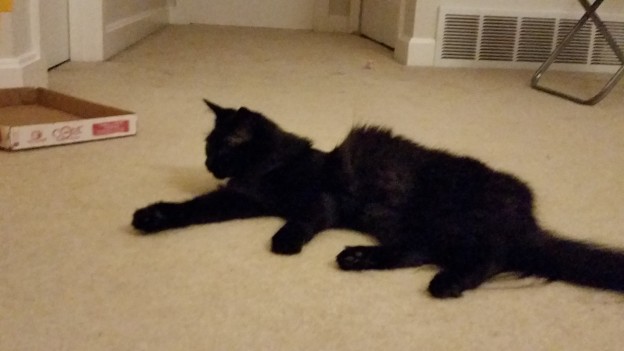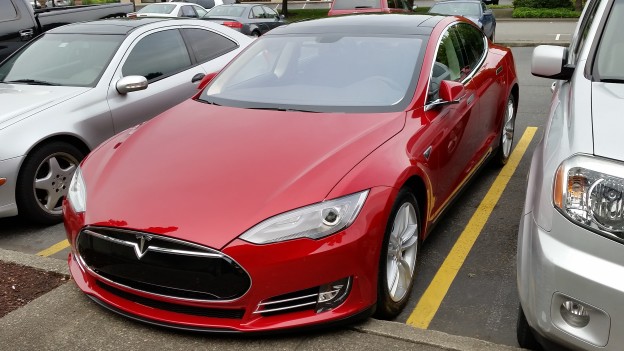Saturday June 19 2004 to Thursday Apr 17 2014
The first sabre I owned finally broke during a practice bout against Abigail at Salle Auriol Seattle. We had each won a practice bout, and we were just starting the third practice bout. As the refereee said go, we both stepped into the box. She went for an attack, and I went for a parry. Except I was moving forward fairly quickly, and I mis-timed the parry, so our swords clashed guard to guard, and my blade snapped off at the base. (Incidentally, parrying while going forward is a habit I need to break. It’s a good move if I can time it correctly, but most of the time it means I lose the attack.)
She seemed a little freaked out. I was rather non-chalant about it. (“Welp, I’m done for the night. How about we call it a draw?”) Despite being the first blade I’ve owned, Old Rusty was the second blade I’ve broken. And in my many years of fencing, I’ve had two or three blades broken on me before.
Highlights of Old Rusty’s long career include:
Thursday, November 4, 2014 – Severin attacks, and I parry with Old Rusty, and his blade shatters over my head upon impact. Later that night, I caught a metal splinter in my left hand from running my hand down Old Rusty.
Saturday, October 30, 2014 – The UCSC tournament where I fence like a demon. I win 2 out of 5 pool bouts, upset the 15th seed in the direct elimination, and get 7 points against 10 on the 2nd seed.
Mid-2013 – After breaking my electric sabre, I take Old Rusty’s blade and insert it into the electric sabre’s hilt. At this point, Old Rusty is old and rusty, so I name it Old Rusty.
Old Rusty was almost 10 years old at the time of its death. It was bound to break sooner or later. Might as well have been today. Maybe I deserved it for cheap-shotting Abigail with so many point-in-line attacks.

